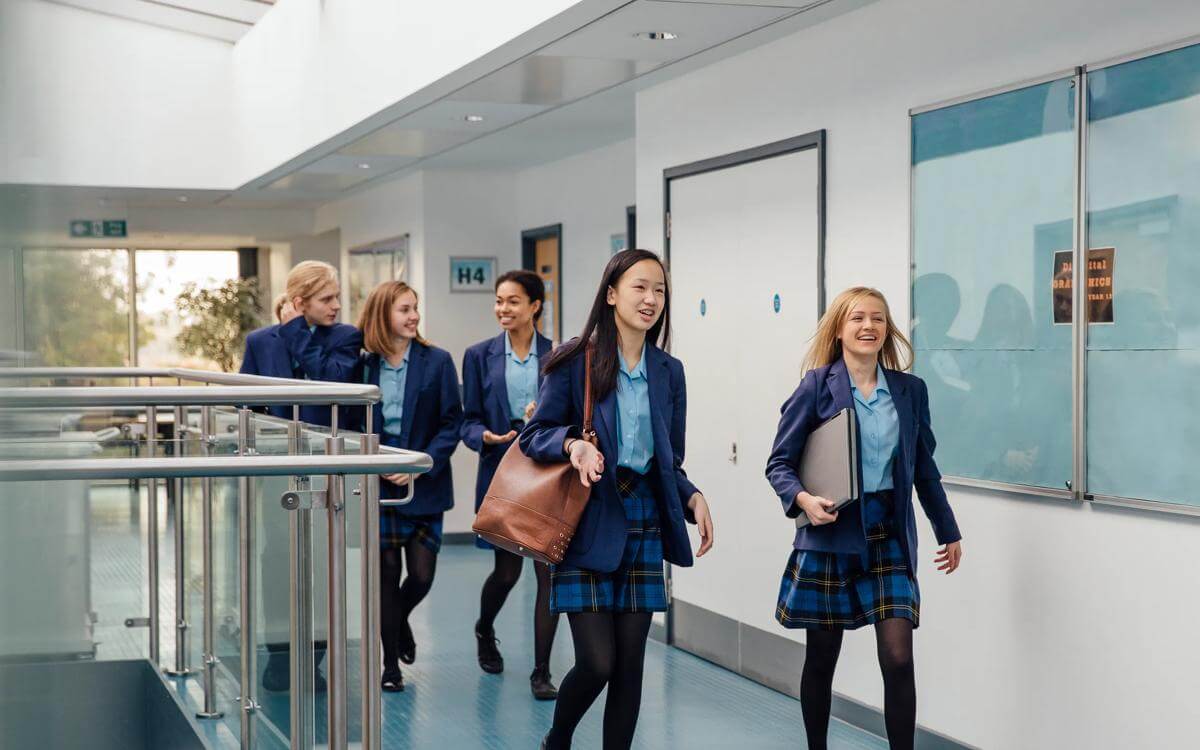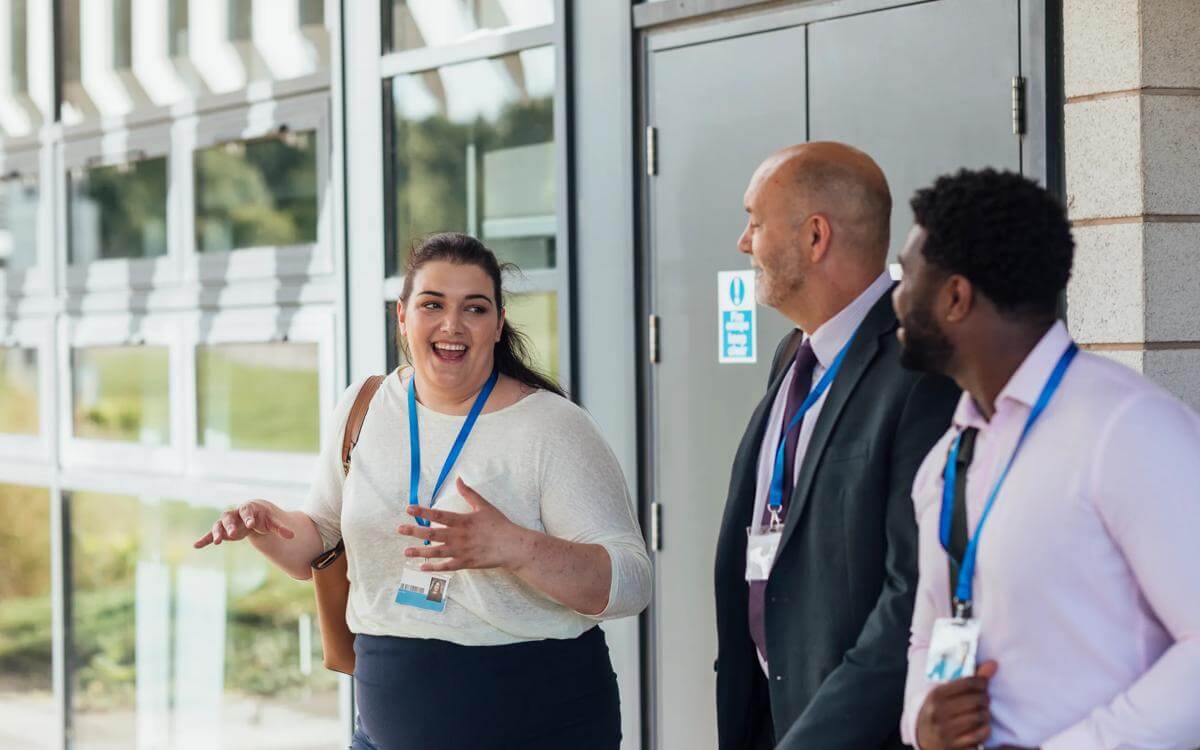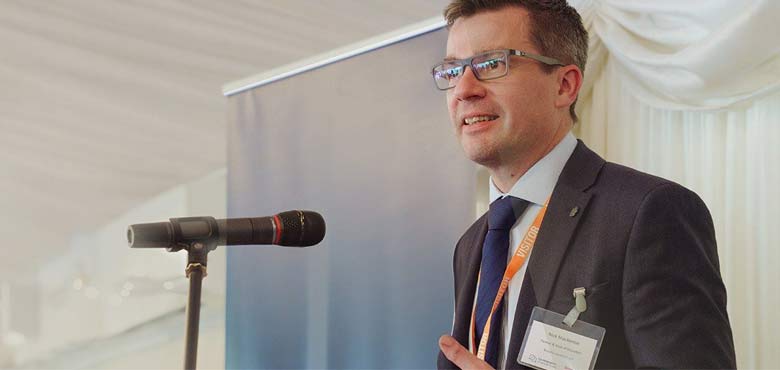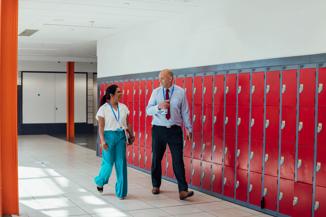Keeping your spinouts spinning
Spinouts raise over £1bn a year with the most recent trends being in the pharmaceutical and artificial intelligence sectors. But what makes for a successful spinout?
Spinouts raise over £1bn a year with the most recent trends being in the pharmaceutical and artificial intelligence sectors. However, recent data suggests that 41% of spinouts cease activity between five and 10 years after formation and the average age at ‘death’ of a spinout is 7.4 years. This can be for a wide variety of reasons; both successful and not so successful.
Typically, it takes a spinout around 10 years to exit with acquisitions and those with particularly high growth, known as an Initial Public Offering being the most common form of exit.
But what makes for a successful spinout?
Barriers to success
At the start of the spinout journey there are justifiable high expectations and hopes for all stakeholders. Maintaining this through the process of spinning out and growth is not straightforward; it requires compromise on all sides and a deep understanding of both how to stay aligned at inception and with a view to an exit.
The mechanics of commercialisation can be straightforward - assign or licence intellectual property (IP) or know-how to a newly incorporated company, agree the board composition and shareholding structure as well as controls to allow the new board to grow the business, transfer/second/employ staff and exit.
So where can this go wrong? There are, in our experience, three principal issues which can hinder the success of a spinout but these can be reconciled with a spinout strategy based on the likely exit route rather than focussing on what is at the start of the journey.
1. Intellectual property and know-how
The first issue is in relation to IP and know-how.
This is inherently complicated and there will be continuing research or uses for the IP which a Higher Education Institution (HEI) will want to preserve. This will need to be balanced against the future requirements of potential investors on a high growth trajectory and the potential concerns of a buyer on an exit. It further complicated by transferred or seconded staff.
There must be freedom for the spinout to operate and it must be able to demonstrate a claim to the IP and know-how it uses which is clear, both in terms of ownership or right to use as well as also demonstrating that any reserved rights will not erode the value of such ownership or right to use. The right structure to achieve this will vary according to nature of the IP or know-how; it is an area where legal advisors can add considerable value in helping to find a route which meets the needs of the spinout and the HEIs.
2. Equity structure
The second issue is equity.
By the time a company spins out, the IP or know-how will have had considerable support from the HEI in terms of time, facilities and broader academic contribution. This can become a sensitive issue as it would seem fair for the HEI to share the economic interest at least equally with the founders taking on the spinout. This may be appropriate if a spinout will not require future funding to succeed but where further investment will alter the dynamics of this approach significantly and could ultimately be damaging to the success of the spinout.
Venture capital investors will have their own views on valuation and their required equity percentage but if, as a result of the founders’ or wider management team’s initial shareholding, they dilute management to a level of shareholding which does not incentivise them, they could find the structure too challenging.
Even if a venture capitalist does invest and management dilutes to an acceptable level prior to the ultimate exit, there may be further funding rounds or scenarios where leaving management retain equity and as the spinout grows, employee incentive arrangements may well be put in place, all of which dilute management and the HEIs. The issue is therefore that whilst a spinout could have significant upside for the HEI, the same level of return split between the founders and management may not be enough to commit them to the project up to exit. The result can be a management team who takes too much risk to increase the valuation or who decides to leave. This needs to be considered carefully but it may be that the right thing to do is to allow the founders more equity at the start and consider anti-dilution rights, ratchet provisions apportioning exit proceeds differently (based on the level of return) or even options which lapse at certain valuations to re-align all shareholders to exit expectations.
3. Operational controls and protections
The third issue is control.
As the number of spinouts in a portfolio grow, the practical aspects of operating governance controls can be difficult. If a spinout needs venture capital support to succeed, they would then take a lead on governance for the benefit of all shareholders. Much time can therefore be misspent at the outset negotiating controls which will be removed in a short space of time. Can HEIs use a board seat to influence operational matters rather than overly legalising its controls beyond some core value protecting shareholder protections?
Keeping your spinouts spinning
The legal structure of a spinout is vital to its success because it is the incentivisation structure which drives commercialisation.
There are excellent opportunities for boards to include academics representing the HEI to further the connection between HEIs and industry as well as, of course, generating a return on investment in research and development for the HEI. A structured forward-looking approach to the issues can only help increase the success of both spinning out technology and keeping it spinning.
We have extensive experience working with universities, venture, growth capital investors and high growth tech companies in which HEIs hold shares. Find out more about how we can help with your spinout strategy here.
We will also be hosting a webinar on 13 May 2021 focussing on how to commercialise your intellectual property and know-how. You can find out more about this event and register here. In the meantime, feel free to get in touch with me or my colleague, Selina Hinchliffe, to discuss the matter further.









































